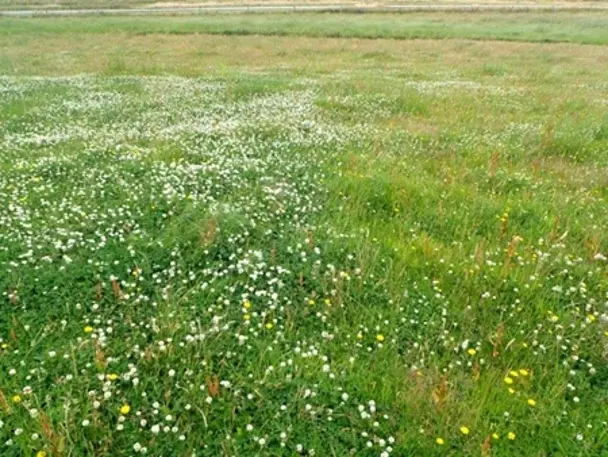Soil fertility
4 min read
Soil fertility is vital for optimal plant growth, with 16 essential nutrients needed by pasture plants. Five of these nutrients, N, P, K, S, and Mg, are often added as fertilisers. To know your farm's soil nutrient status, regularly conduct soil tests and consider past fertiliser applications. Pasture tests further help by showing nutrient uptake and trace element status, crucial for animal health and clover growth. Nitrogen boosts pasture supply if used wisely, with its effectiveness dependent on the season and climate. Apply lime to tackle soil acidity, P for pasture growth, and manage S and K effectively to ensure pasture vitality. Adjust fertiliser application based on soil and pasture requirements to benefit both plant and animal health.
Correct soil fertility is critical for optimal plant growth.
There are 16 nutrients that are essential for pasture plants to grow to their potential, 13 of these are obtained from the soil. There are five nutrients N, P, K, S and Mg (pumice soils) that are added to soils in the form of fertilizer and the remaining nutrients are abundant in most New Zealand soils. Adding elements other than the 16 listed below will not enhance plant growth and some may be toxic to pasture plants and animals.
Capital fertiliser inputs can be much greater than the maintenance input, especially if a rapid increase in the soil nutrient status is required.
It is important to measure the current soil nutrient status to assess whether a farm is in the maintenance or development stage. Soil testing and taking into account fertiliser history is the only way to assess nutrient status.

Trial showing half a paddock with nutrient limiting.
A robust soil fertility monitoring program is the best way to monitor nutrients in the topsoil of any farm. Fertiliser costs are a major investment and need to be monitored. Even in the maintenance stage, more precise rates can be calculated by establishing trends in soil test levels over time through the use of annual soil testing.
Pasture testing is a back up to soil testing. While soil testing determines available soil nutrient status, pasture analysis should be used to assess how much nutrient has been taken up from a fertiliser application and check trace element status.
There are two key reasons to test and analyse pasture samples
For more information please see managing nitrogen fertiliser.

N deficient pasture
Liming is carried out to mainly overcome aluminium toxicity and increase molybdenum and phosphorus availability. On pasture, liming generally encourages more productive pasture species (legumes and ryegrasses) at the expense of low fertility species.
Phorphorus is a key nutrient for the successful growth of pasture and crops. Soil phosphate (P) moves slowly through soils, reducing opportunity for leaching losses.
Clover has a higher requirement for all nutrients including sulphur, relative to the grasses. Thus, if a soil is S deficient the clover vigor and abundance will be poor.
For pastures the normal distinction between capital S and maintenance S inputs does not apply. This is because the amounts of S to eliminate the most severe S deficiency are similar to the amounts required to maintain soil S levels.
There are two forms of S fertiliser
Potassium fertilisers are often referred to as ‘potash fertilisers’, a name originally given to an early form of potassium fertiliser produced by extracting a pot of wood ashes (pot ash). However, potassium is now mined from abundant mineral deposits.
Potassium is removed and lost through animal excretion in dairy sheds and farm tracks. Potassium can be easily leached especially under heavy rainfall. Potassium fertilisers are generally applied in low rates to pasture and the percentage lost by leaching is small. Potassium fertilisers applied to crops usually remains in the root system during the growing season.
Now’s the perfect time to check in, plan, and set up for a strong season. We’ve pulled together smart tips and tools to help you stay ahead all winter long.
Whether you prefer to read, listen, or download handy guides, we’ve got you covered with trusted tools to support your journey every step of the way.